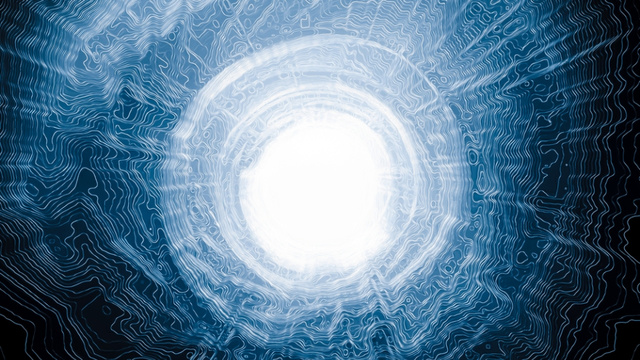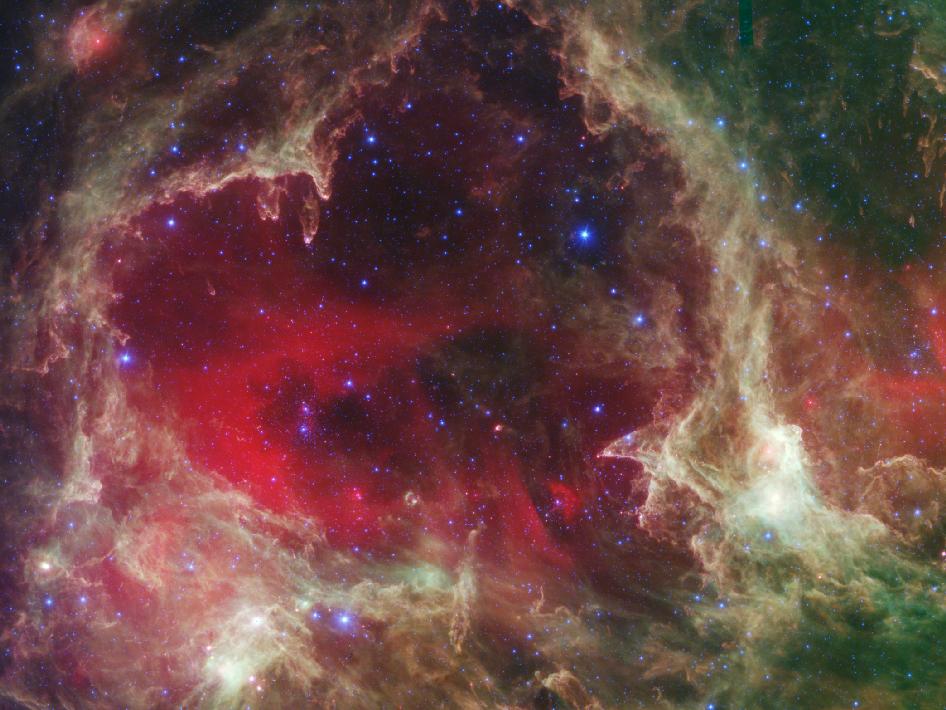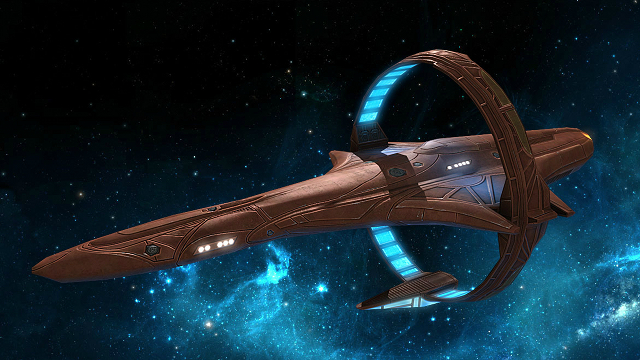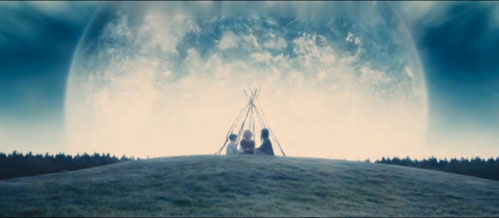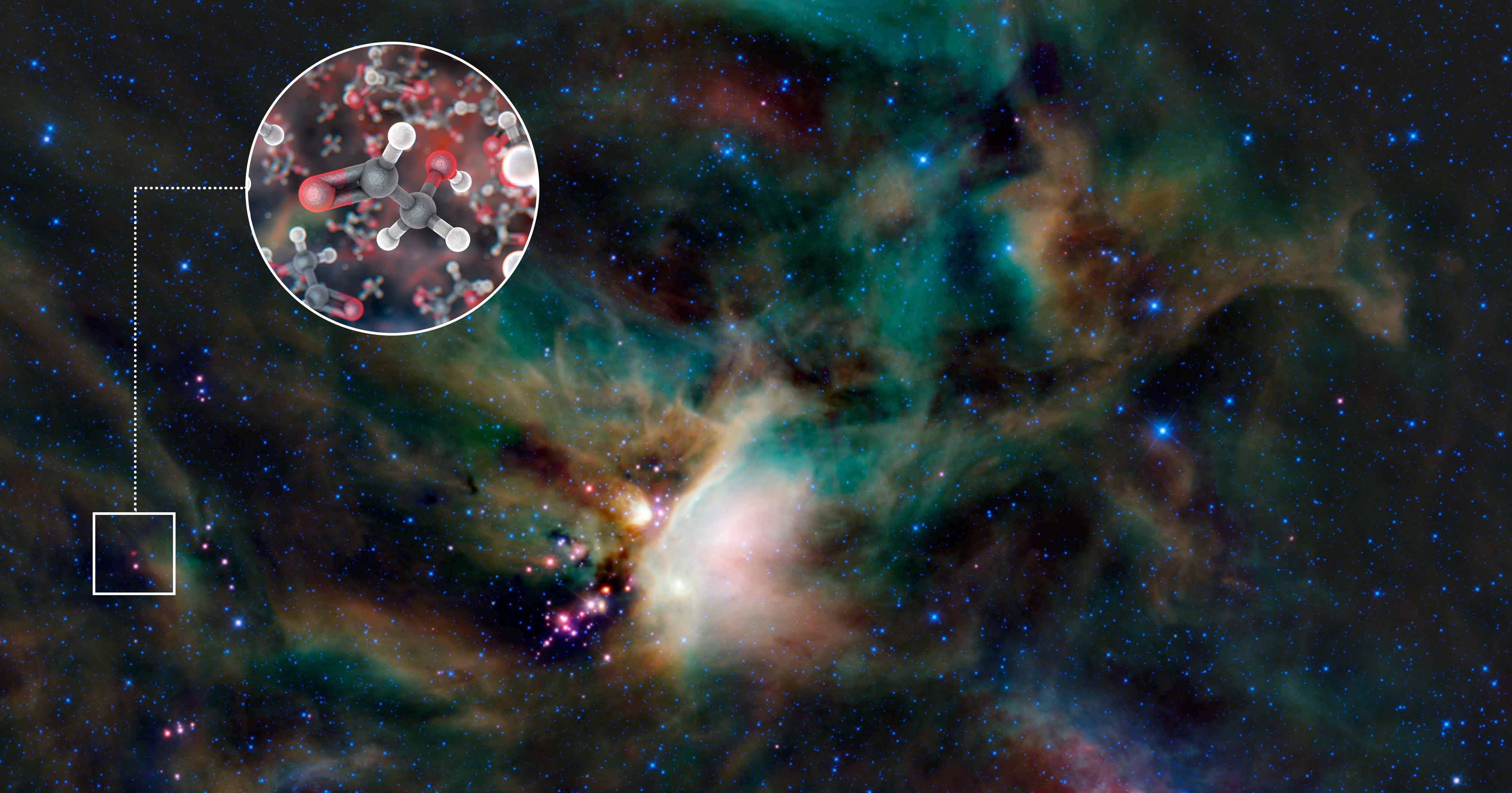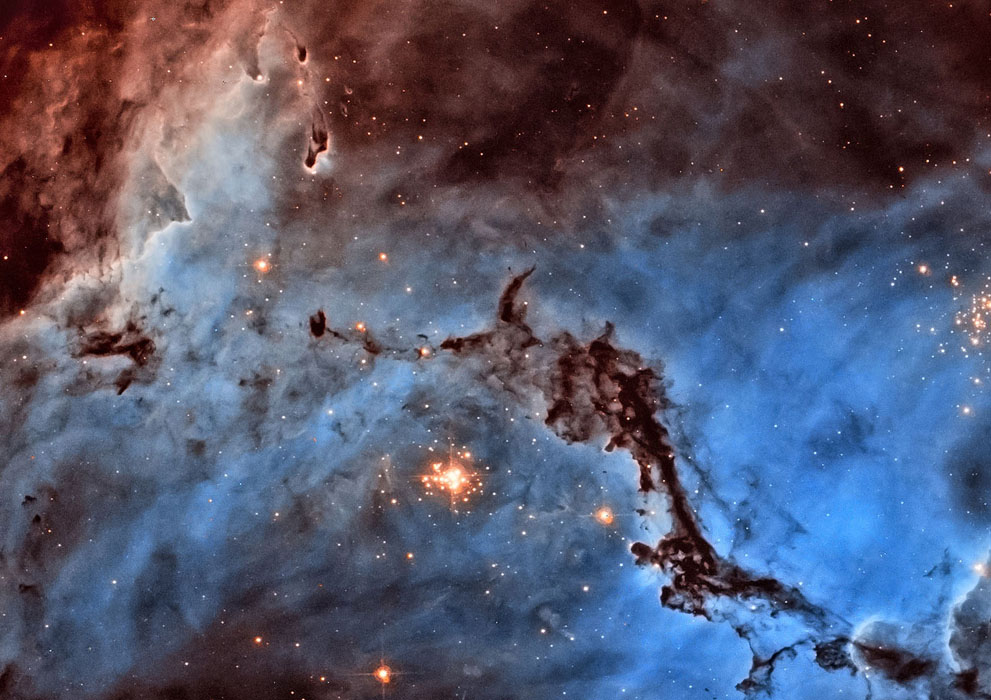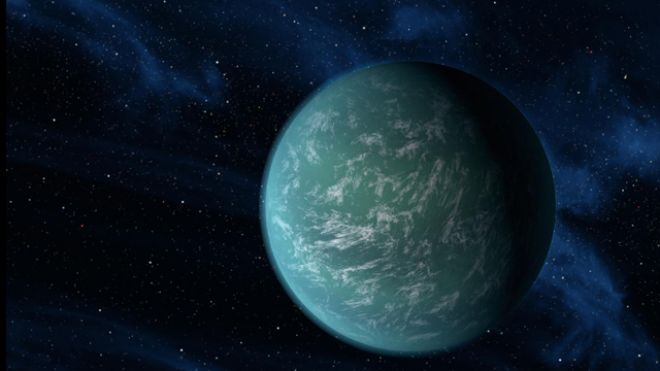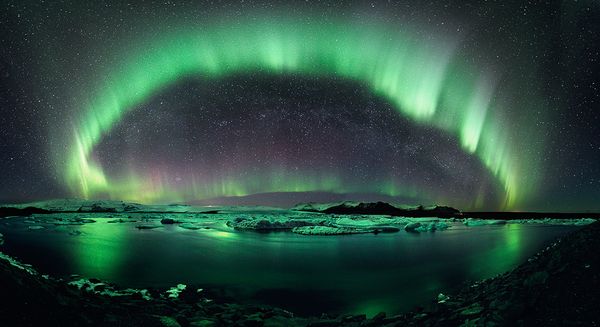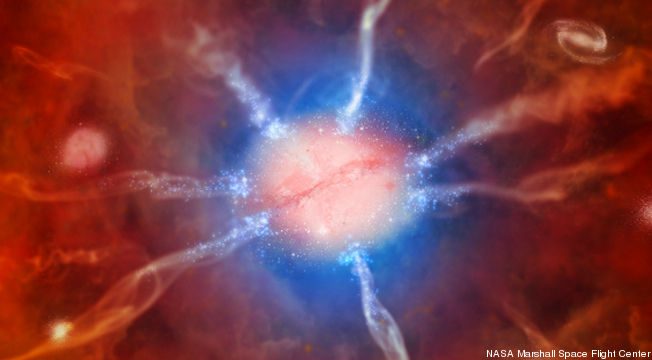
“These findings provide new insight into how the most massive galaxies in the Universe may have acquired their stars,’ said Michael McDonald, a scientist with the Massachusetts Institute of Technology (MIT), who led the study…’Our current understanding is that these massive galaxies assemble via mergers with smaller galaxies, but in this one cluster it looks like cooling-induced starbursts may be an equally important process.’“
Take that, Ed McMahon and Simon Cowell: Astronomers identify a galaxy cluster that is spewing out 3820 new stars a year, the fastest rate in the known universe. “Comparatively, the Milky Way forms stars at an average rate of just one solar mass (one star equal in mass to Earth’s Sun) per year. Other galaxies form an average of one star every 20 years.“
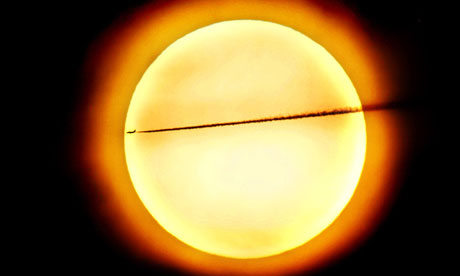
“The results were a big surprise. ‘We were shocked,’ says Kuhn. The sun doesn’t bulge much at all. It is 1.4m kilometres across, but the difference between its diameter at the equator and between the poles is only 10 kilometres.” Meanwhile closer to home, after fifty years of effort, astronomers conclude that our sun is the “most perfectly round natural object known in the universe.…Scaled to the size of a beachball, that difference is less than the width of a human hair.“


